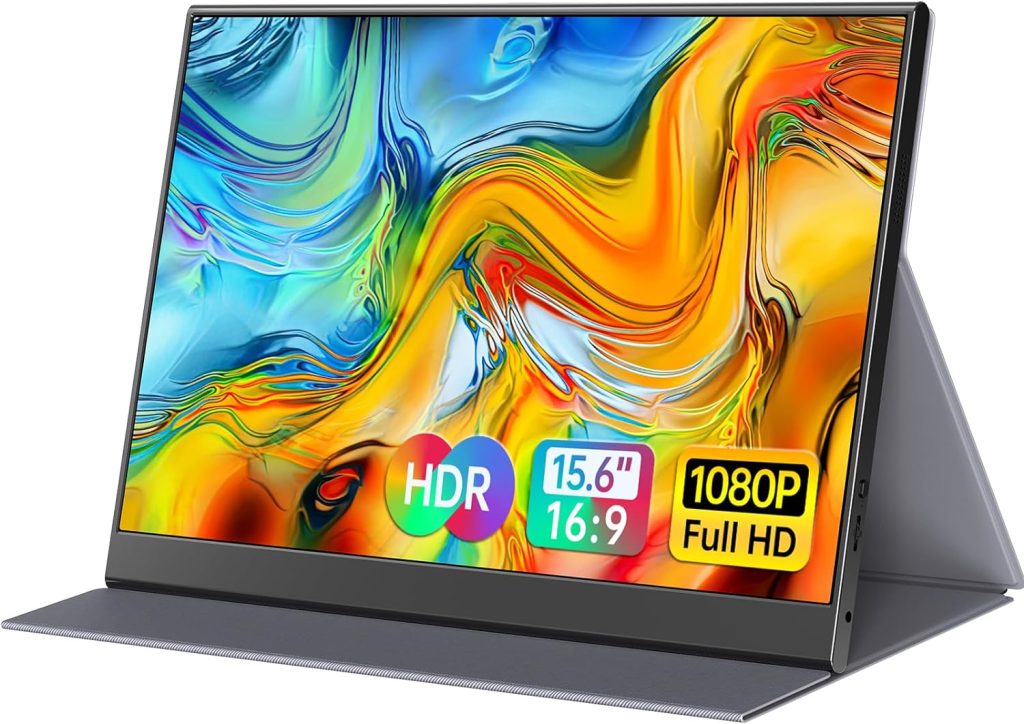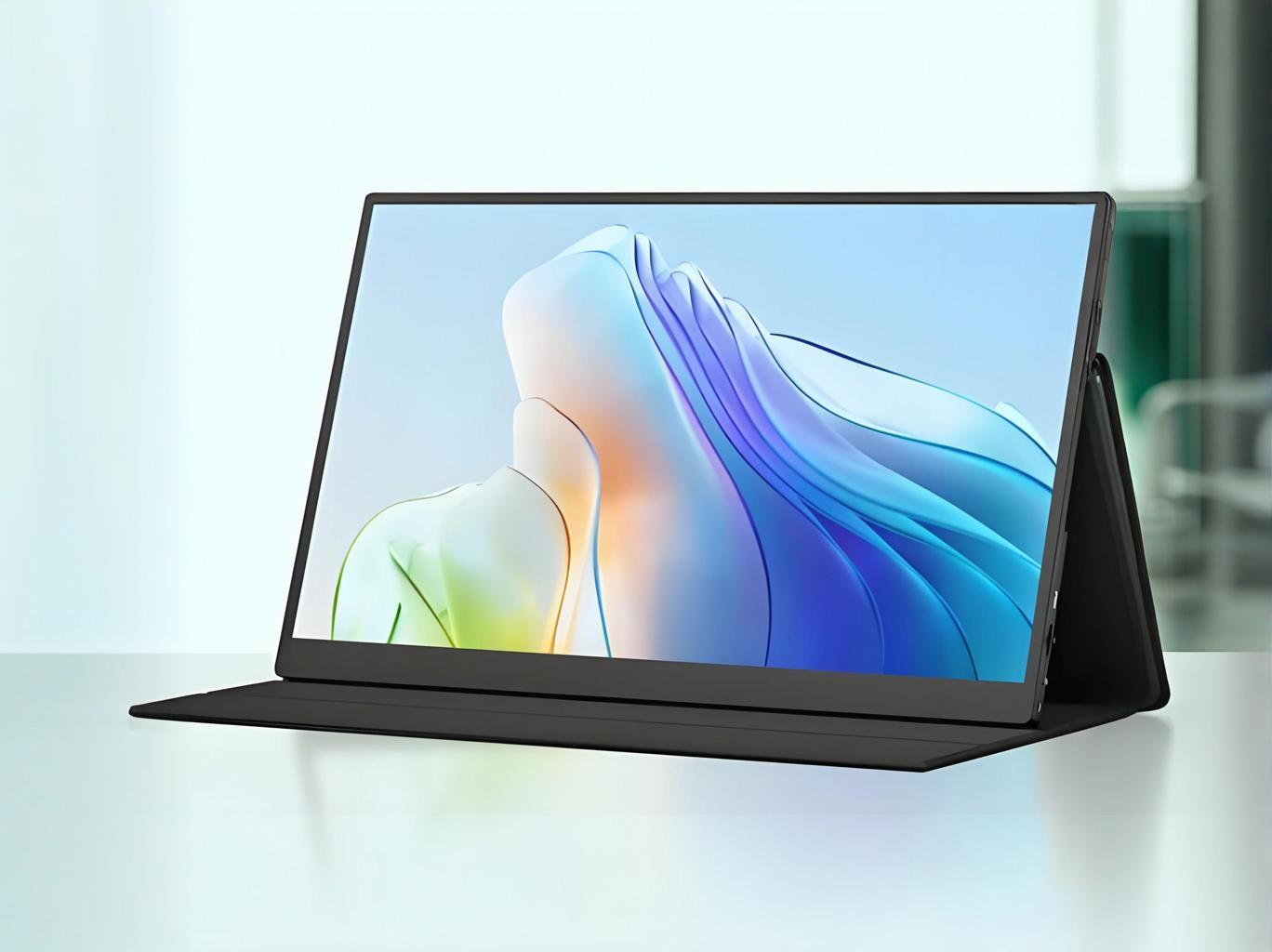Introduction
Portable Monitor usage is growing fast. If you’ve never used one, this guide explains what they are, how they work, and why you might need one—even if you’re a beginner.
1. What Is a Portable Monitor & Why It Matters
Portable monitors are lightweight external displays.
They connect via USB‑C or HDMI and act as a second or mirror screen.
For example, they help on trips, at home, or for gaming on the go.
Beginners love their portable laptop monitor ease: plug in, power up, and display!
Perfect for adding more space to your laptop with minimal effort.

2. Are Portable Monitors Worth It? Pros & Cons
Firstly, let’s look at the benefits:
- Slim and light: easy to carry in a backpack
- Plug-and-play simplicity: no driver installs needed
- Boosts productivity: adds a second screen for multitasking
However, there are a few drawbacks worth noting:
- Potential lag: may not suit fast-paced gaming
- Lower brightness: not as vivid as full-size monitors
- Extra accessories: sturdy stands sometimes cost extra
In conclusion, portable monitors are great for casual use and work setups. For competitive gaming, though, you may want a high-refresh portable gaming monitor instead.
3. Power & Charging: How Portable Monitors Work
Most portable monitors rely on USB‑C power, which provides both video and electricity through a single cable. However, HDMI alone won’t power it, since HDMI doesn’t supply enough current to run the monitor .
So, when you connect via mini‑HDMI or DisplayPort, you must also plug in a USB‑C or USB‑A cable for power .
In addition, USB‑C with Power Delivery (PD) can eliminate bulky adapters—just one cable delivers audio, video, and power. For instance, some monitors fully operate with a single USB‑C connection when connected to a capable laptop .
4. Brand‑Specific Setup & Usage Tips

In addition, the forhelp portable monitor is a breeze to set up. Just connect it via USB‑C or mini‑HDMI, plus a power cable if needed. It comes with a smart magnetic cover that doubles as a stand, and brightness adjustment is quick via side buttons. Users on Reddit praise its plug‑and‑play design and crisp 1080p IPS display for both work and gaming usage.
Moreover, the arzopa portable monitor series offers detailed OSD settings. You can press the “OSD” button on the side to open the menu and use “+” or “–” to adjust brightness—just ensure HDR, DCR, and ECO modes are off . For extended use, Reddit users recommend disabling HDR and enabling Eye‑Care Mode for longer viewing.
Meanwhile, models like KYY, ASUS, Lepow, and ViewSonic often include a folio case that doubles as a foldable stand (“portable monitor stand”)—perfect for setting it up on uneven surfaces without buying extra accessories.
5. Choosing the Right Portable Monitors
Key factors:
- Size: 13–17 inches is common; 15.6″ hits sweet spot
- Resolution: 1080p is ideal; 4k portable monitor available but pricier
- Panel: IPS is standard for color and viewing angle
- Ports: USB‑C with DP Alt‑mode, mini‑HDMI
- Extras: Built‑in speakers, HDR, smart cover stands
Worried about eye strain? Target eye‑care models with low blue‑light and flicker‑free tech—especially for text-heavy work like writing or spreadsheets.
6. Troubleshooting & Best Practices
No signal?
- Check both USB‑C and HDMI cables
- Set input manually via monitor menu
- Some cases need external power if HDMI alone used
Phone battery drain:
Using portable computer monitors can use extra power from your phone.
Use “copy mode” only when needed and keep brightness moderate.
Stand stability:
Use folio cases or independent portable monitor stand—especially for uneven desks.

Leave a Reply